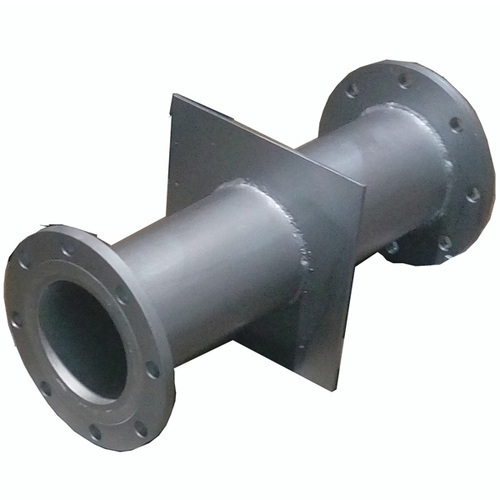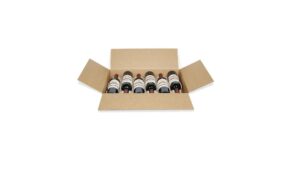Puddle flanges made of ductile iron play a crucial role in modern piping systems. They provide a watertight seal where pipes pass through concrete structures, preventing leaks and water ingress. Their robust design ensures durability, making them a preferred choice in industries like construction, water treatment, and infrastructure projects.
In this blog, we will explore the features, advantages, and applications of puddle flange ductile iron and why they are an essential component in various piping systems.
What is a Puddle Flange?
A puddle flange is a specially designed component used in piping systems to prevent water penetration through walls, floors, or concrete structures. It creates a leak-proof barrier, ensuring the integrity of the pipeline and surrounding structure.
Why Choose Ductile Iron for Puddle Flanges?
Ductile iron is known for its superior strength and durability compared to traditional cast iron. Here are some key reasons why ductile iron is the preferred material for puddle flanges:
- High Tensile Strength: Ductile iron is stronger than regular cast iron, making it highly resistant to cracks and fractures.
- Corrosion Resistance: It has excellent resistance to corrosion, especially in underground and water-based environments.
- Flexibility and Toughness: Unlike brittle materials, ductile iron can withstand high pressure and mechanical stress.
- Long Service Life: Due to its robustness, ductile iron puddle flanges last longer, reducing maintenance costs.
Features of Puddle Flange Ductile Iron
- Leak-proof Design: Provides a strong barrier against water infiltration.
- High Load-bearing Capacity: Supports heavy-duty industrial applications.
- Corrosion and Rust Resistance: Suitable for aggressive environments.
- Flexible and Durable: Withstands expansion, contraction, and external pressures.
- Compatible with Various Pipe Materials: Works well with steel, PVC, and concrete pipes.
Applications of Ductile Iron Puddle Flanges
Puddle flanges are used in various industries where water-tight sealing is required. Some of the key applications include:
- Water and Wastewater Treatment Plants: Prevents water leakage in underground pipelines.
- Construction and Infrastructure Projects: Used in basements, tunnels, and concrete structures.
- Underground and Submerged Pipelines: Essential in areas where pipelines pass through concrete walls.
- Sewage and Drainage Systems: Ensures a secure connection between pipes and concrete.
- Industrial Plants and Power Stations: Provides a reliable sealing solution for process piping.
- Hydraulic and Marine Structures: Used in dams, reservoirs, and marine facilities.
Installation Process of Puddle Flange Ductile Iron
Installing a puddle flange properly is critical to ensuring a leak-proof system. Here’s a step-by-step guide:
- Preparation: Clean the pipe surface and check for defects.
- Placement: Position the puddle flange around the pipe at the required depth.
- Fixing: Secure the flange using clamps or welding (if applicable).
- Concrete Pouring: Ensure the flange is embedded within the concrete structure.
- Sealing and Testing: Apply additional sealants if needed and conduct leakage tests.
Benefits of Using Puddle Flange Ductile Iron
1. Prevents Water Leakage
One of the primary functions of a puddle flange is to stop water infiltration, ensuring a watertight seal in concrete structures.
2. Enhances Structural Integrity
By preventing leaks, it protects the structural components of buildings, tunnels, and pipelines from water damage.
3. Cost-Effective Solution
Ductile iron puddle flanges have a long lifespan, reducing maintenance and replacement costs.
4. Adaptability to Different Environments
They can be used in underground, submerged, and high-pressure applications without compromising performance.
5. Easy Installation
With a simple installation process, they save time and labor costs.
How to Select the Right Puddle Flange?
When choosing a puddle flange, consider the following factors:
- Pipe Diameter: Ensure compatibility with the pipe size.
- Material Requirements: Ductile iron is preferred for strength and durability.
- Environmental Conditions: Consider exposure to chemicals, pressure levels, and temperature.
- Standards and Certifications: Choose products that meet industry standards for quality assurance.
Conclusion
Ductile iron puddle flanges are essential components in modern piping systems, offering superior leak protection and durability. Their ability to withstand high pressures and harsh environmental conditions makes them a reliable choice for water management, construction, and industrial applications.






